You’ve established your style, developed a personal artist brand, and have built a comprehensive portfolio. Maybe you have started networking and a handful of collectors are buying or following your journey. If you are no longer asking how to sell your art, it might be time to mobilize your efforts into a larger project. Being an established artist can look like having many forms of income. This could be trying to get your art into hotels, finding a publisher to license your work, finding a new market in a local gallery, or it could be taking on a community art project. If that is the direction you want to go, the first question to answer is how to find a public art commission. Taking on a project of this caliber can bring you to new levels of innovation and allow you to have a greater community impact. Getting your art into the public eye can help establish you as a trusted artist.

Photo by Joe Rossi on Jrossi.net
1 – Make Sure it’s Worth Your Time
Getting a public art commission starts with looking for the right opportunity. Ask yourself, “What is my goal in doing this project?” Will it open up your potential market? Is it going to allow you to have a greater impact on your community? Will you gain notoriety and clout as an artist? Knowing your answer will help you decide what project is right for you. Your time is one of your greatest assets, so you want to make sure all the effort is worth your time and meets your personal goals.
For most projects, you will prepare your artist bio and resume (CV), pay an application fee, prepare a project plan and pitch, submit sample art and past projects, assemble budget projections, and provide references. Keep in mind there may be many art commission rules to follow. You will be overseeing shipping, installations, maintenance, and clean-up. Additionally, you must show proof of insurance, be accountable for mistakes and material adjustments, and meet deadlines. Your impact can be great, but it can also be physically demanding. For example, a large mural project may require working on scaffolding or a lift in the hot or cold. Flexibility is a must! Artists love being their own boss and don’t want to be told to make the bird blue, not red. Be open to opinions and changes from a project manager.
2 – Start in Your Local Region
The best place to start looking for public art commissions is right in your backyard. Look for grants, funding, residencies, and awards that come out of your local region. Many projects will require that you be a local artist. These projects can be found through governmental sites, keeping a pulse on community initiatives, and networking with local leaders and influencers. Get connected to your local government body by going to quarterly meetings. Here you will get a first look into potential or upcoming projects. For example, you attend a town meeting where there is a vote to rezone a particular property to build a long-term care facility. Further research into the company connects you to the landscaping designer designated for the exterior portion of the future facility. You contact the designer with a proposal for an eco-friendly mosaic mixed media installation.
Network whenever possible. Carry around your business cards and engage in conversations. Be the person that people think about when they “need an artist”. If you are already selling your art locally, tap into that network. Consider joining local business groups, centers for economic growth, local organization boards, and attending industry events. Go as far as contacting creative-bent businesses to see if they have any upcoming art installation opportunities. Some communities have online lists or Facebook groups of local artists. If your community doesn’t have a directory, consider starting one.
3 – Where to Find Work Online
Art commission websites are a great place to start looking for active projects. Entire sites are dedicated to listing these opportunities. You can find sites for individual cities, states, or countries. Search through government websites or use sites like www.publicartists.org, www.anyartistcan.org, or www.artrepreneur.com. You can create free accounts, search listings, and apply for opportunities. Some sites offer monthly upgraded subscriptions where you can store your high-quality photos, resume, and artist statement. Read all requirements before applying, as you may end up paying a fee for an application that you may never qualify for.
4 – How to Spot a Scam
Art commission scams shouldn’t deter you from trying to secure a project but go into the process aware that it’s a possibility to get taken advantage of. Even if an opportunity is legitimate, it may not be worth your time. Although the budget might seem big, after paying for materials, equipment, and mistakes you might see your commission dwindle.
A good way to weed out the quality of the opportunity is to look at their advertisement: is it well-written, has quality graphics, has a real website, and email address? When communicating on the phone or through email, are they responsive and clear? Don’t trust a random person messaging you on social media asking you to submit or click a link. This most likely is a scam. If the opportunity seems too good to be true, it probably is. Asking for a contract might be enough to weed out the scams. Read the fine print and make sure you retain the rights to your work. Expect that your work will be photographed continuously by the public and you may not receive credit.
5 – Create Your Own Project
If you are having trouble getting your foot in the door, propose your own project idea. For this, you might want to start with a local municipality or business like a library or café. Scout out a potential location, and frequent the establishment so they can get to know your face. For a mural project, use a mock-up app to show what your work might look like on their wall/bench/floor or whatever you imagine. Offer to a collaboration where the business or organization pays for the materials and you receive exposure in return. *Be careful of taking on too many “free exposure” projects. This might only be for a short time as you build up a reputation and portfolio. You are worthy of payment.
 Photo by Joe Rossi on Jrossi.net
Photo by Joe Rossi on Jrossi.net
6 – How to Get Chosen
You will no longer be trying to sell to an individual buyer, you will be pitching to a public arts coordinator, an art curator, or a full board of decision-makers. Uplevel your professionalism so you are the one they choose. Begin by offering something of value. It might be time to enhance your skills so you can create artwork that meets market demands and makes you proud. Enroll in a local art skills class or take the Milan Art Institute’s Mastery Program to grow your skills and understanding of a career as a professional artist.
Confidence is crucial when entering this market. The initial step for many art commission projects involves filling out an application. You will need to submit sample work or a portfolio. Develop a cohesive portfolio highlighting your distinct style and artistic voice. This clarity makes your work understandable to potential decision-makers. High-quality photographs of your artwork are crucial for promotional purposes and social media engagement. While photographing art might seem daunting, today's smartphones enable you to capture professional-grade images.
The process of filling out an application can be overwhelming, but having a strong brand, a professional website, and excellent photos of your work are fundamental steps for expanding into this new market. Make it easy to visualize how your art will serve their goals by having an online portfolio with pictures showcasing your art in public settings. Become trustworthy by creating high-quality work using high-quality materials, finish edges, frame your work, and include hanging mechanisms.
Create an artist statement, bio, and CV (a CV is a resume that includes dates of awards, commissions, shows, and work experience). To create one, look at what other artists have in their CVs or use Chat GPT to generate. Having these ready ahead of time will help you when it comes time to fill out applications.
If you are confused and intimidated by art commission contracts, use a lawyer or services like LegalZoom.com. Elevating your professionalism will help you stand out from the rest of the competition and give you the confidence you need to approach the decision-makers.
7 – Collaborate with Other Artists
Ask other artists for advice and offer to assist or volunteer in their upcoming projects. Building relationships with other artists by collaborating on a project can increase your potential market and give you experience in creating public art. Chronicle your projects together and tag each other on social media accounts. Share with other artists when you hear of potential opportunities and celebrate when other artists succeed.
Even if you aren’t getting paid for a community project, it can be additional experience to list in your CV. This will make you more favorable for future projects.
8 – Your Purpose Will Guide You
As you start to explore art commission requirements, you will start to see certain criteria listed. Because of art commission rules, entrance criteria can pertain to the artist’s race, sex, and region of residence. Let these requirements help you find what jobs are best for you. Identify what makes you unique and use it to your advantage. Your art may work best in certain environments because of the architecture or mood of the space.
Does your purpose align with the organization you might be creating for? Creating art that has impact starts with you knowing your purpose. Your purpose is the motor that will propel you on the days when you have doubts and you second-guess yourself, it will also inform what projects you take on. It is really important that you know who you are, and your purpose is not just being an artist. Art is your vehicle, and an art career is your vehicle to your purpose. How do you find your purpose? It is the opposite of your pain, your wounding, and your trauma. You are the only one who has gone through what you have gone through, and you understand the hope on the other side of your story. This is the hope that you can offer through your art in a public space.
9 – Try Again and Again
Be okay with a “NO” or no response. Follow up where you can, but be okay with rejection. Try again. When you are applying for a local, national, or international project you will encounter bureaucracy and red tape. Try again.
Don’t let your fear of rejection prevent you from getting out there and applying again and again. Fear can lead to creative paralysis. Artists often fear failure (which sometimes presents itself as perfectionism). We also fear what others think. Fear of success, rejection, lack, abandonment, and fear of responsibility are common fears for those actively pursuing their destiny. Try again and repeat. Just try something unprecedented. If it doesn’t work, pivot, and try something else again.
Conclusion
Through persistence, networking, and leveraging both physical and digital spaces, you can successfully sell and share your art with your community. It all begins with having sellable art. You can’t achieve success unless you have sellable art first.
If you want to learn how to create art that you love and others love, start with developing your skills. To become the artist that you know you can be, we have created a one-year program that will help you do just that. Sign up for Milan Art Institute’s Mastery Program. You can join the waitlist with no obligation. Joining The Mastery Program waitlist gives you access to exclusive introductory materials. Join the waitlist here.
Milan Art Institute
Subscribe to Our Blog
Browse Posts
Browse by topics
- art inspiration (45)
- become a professional artist (38)
- art techniques (35)
- art tips (23)
- art tutorial (22)
- art history (17)
- art skills (17)
- hero artists (17)
- painting (14)
- art masters (13)
- art supplies (13)
- drawing (12)
- acrylic painting (9)
- sketching (9)
- art education (8)
- oil painting (8)
- sell your art (8)
- art marketing (7)
- art and travel (6)
- art fun (6)
- artist mindset (6)
- fine art (6)
- travel sketching (6)
- art business (5)
- art studio (5)
- artist brand (5)
- artist voice (5)
- holidays (5)
- professional habits (5)
- traveling (5)
- oil paint (4)
- professional artist habits (4)
- art career (3)
- art resources (3)
- doodling (3)
- professional artists (3)
- urban sketching (3)
- art school (2)
- art therapy (2)
- artist block (2)
- branding (2)
- cleaning (2)
- color (2)
- creative block (2)
- decorative market (2)
- dreams (2)
- paint (2)
- quotes (2)
- surrealism (2)
- art entertainment (1)
- art galleries (1)
- art influencers (1)
- art markets (1)
- art photography (1)
- art portfolio (1)
- collecting art (1)
- coloring (1)
- composition (1)
- decorative art (1)
- eco friendly (1)
- environment (1)
- impressionism (1)
- mixed media (1)
- narrative art (1)
- plein air (1)
- portraits (1)
- price your art (1)
- right brain (1)
- success stories (1)
- symbolism (1)
- time management (1)

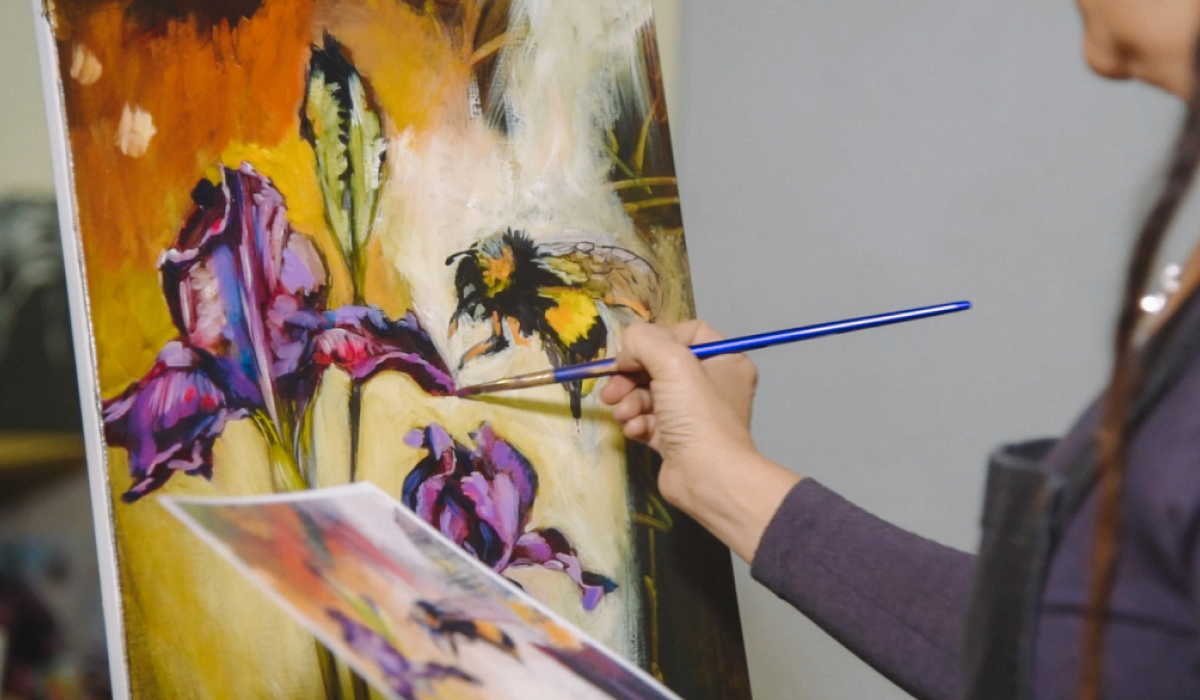
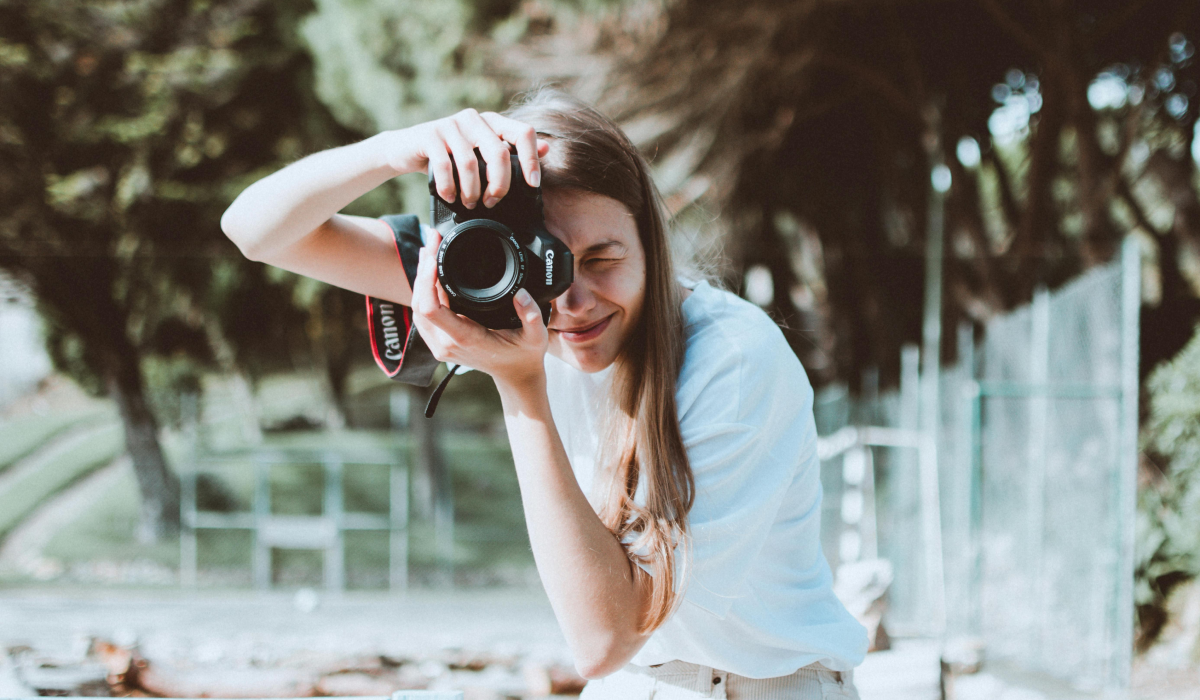
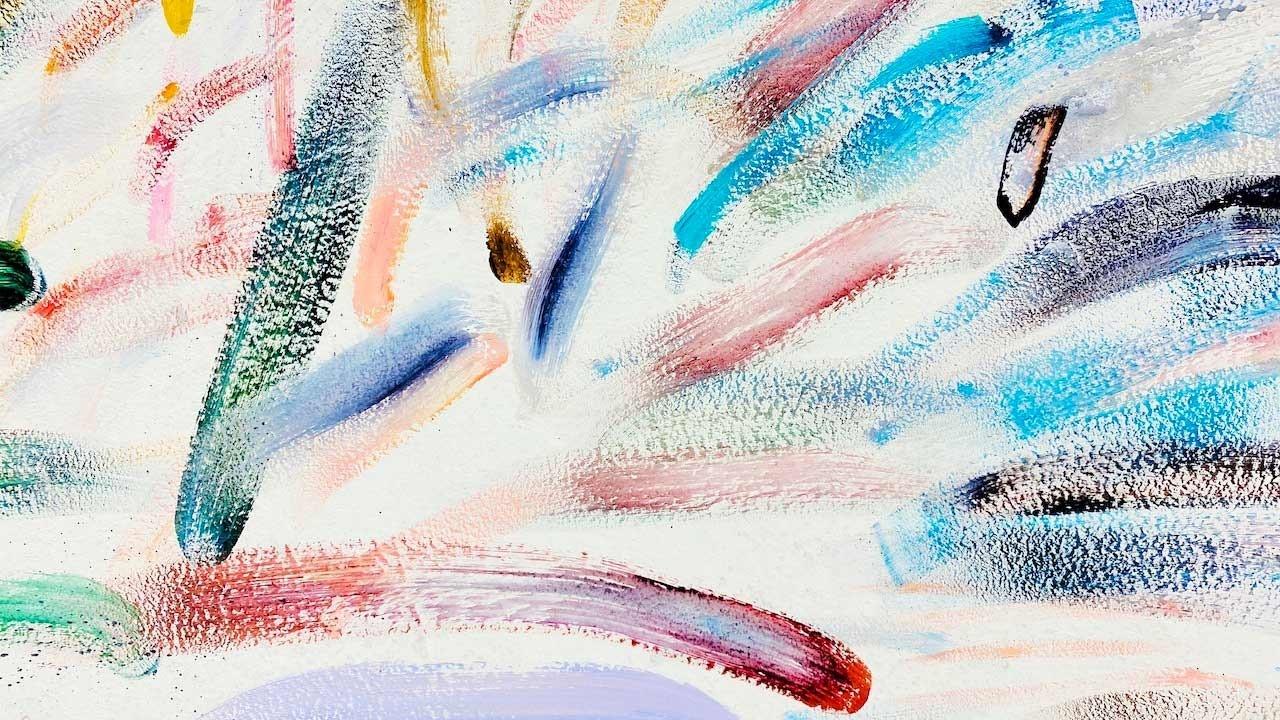

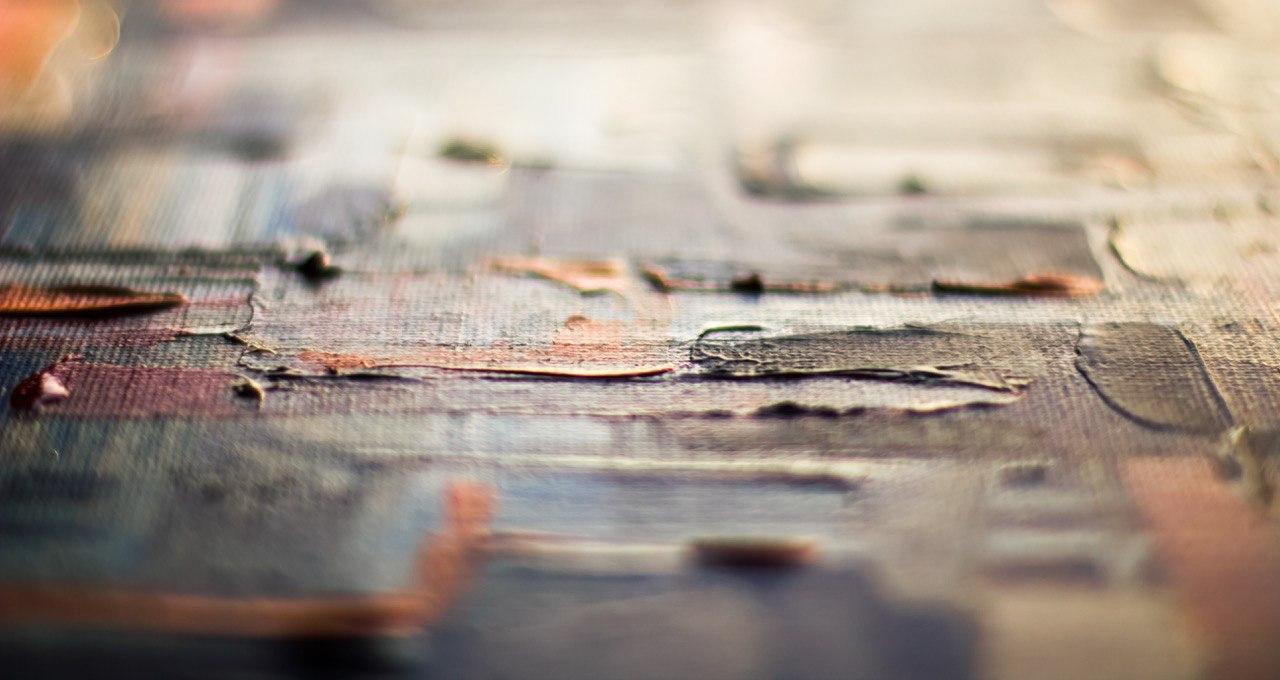

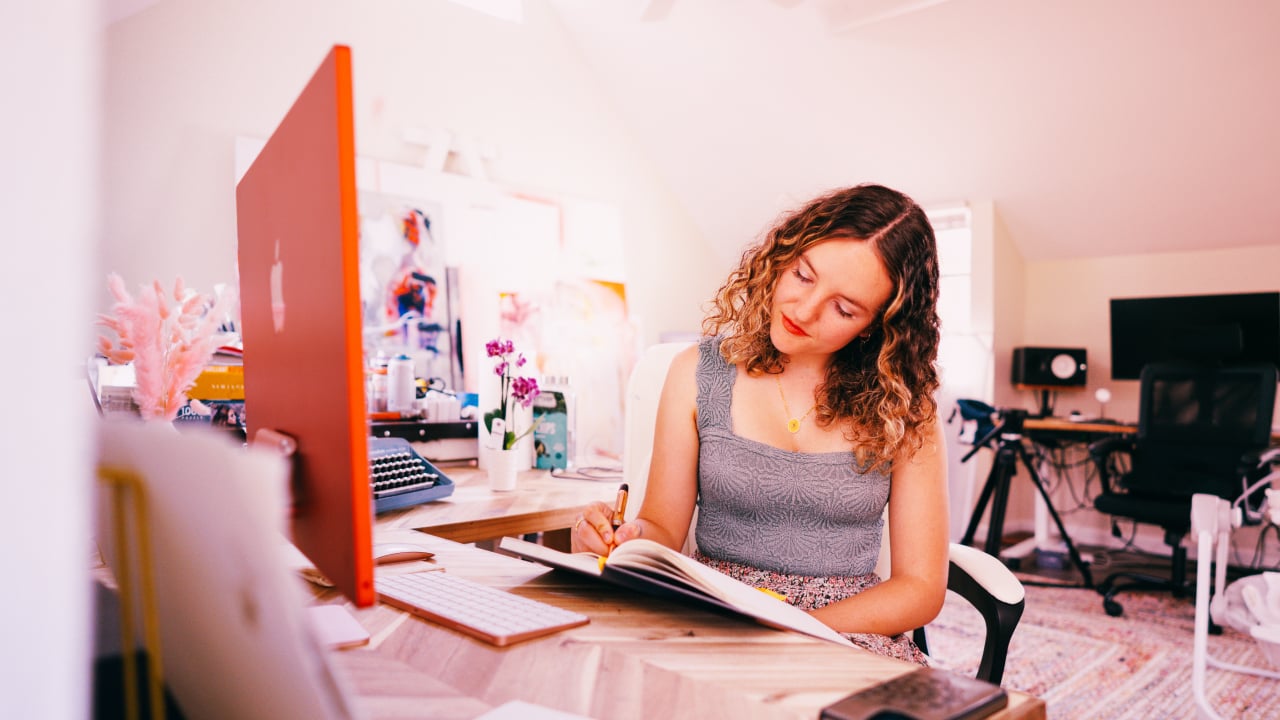

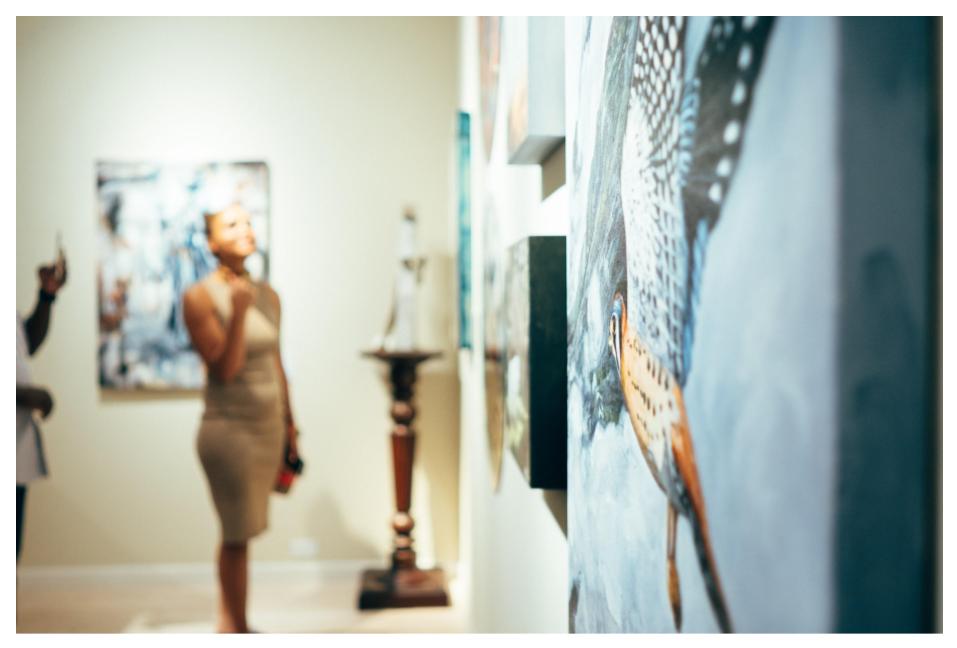
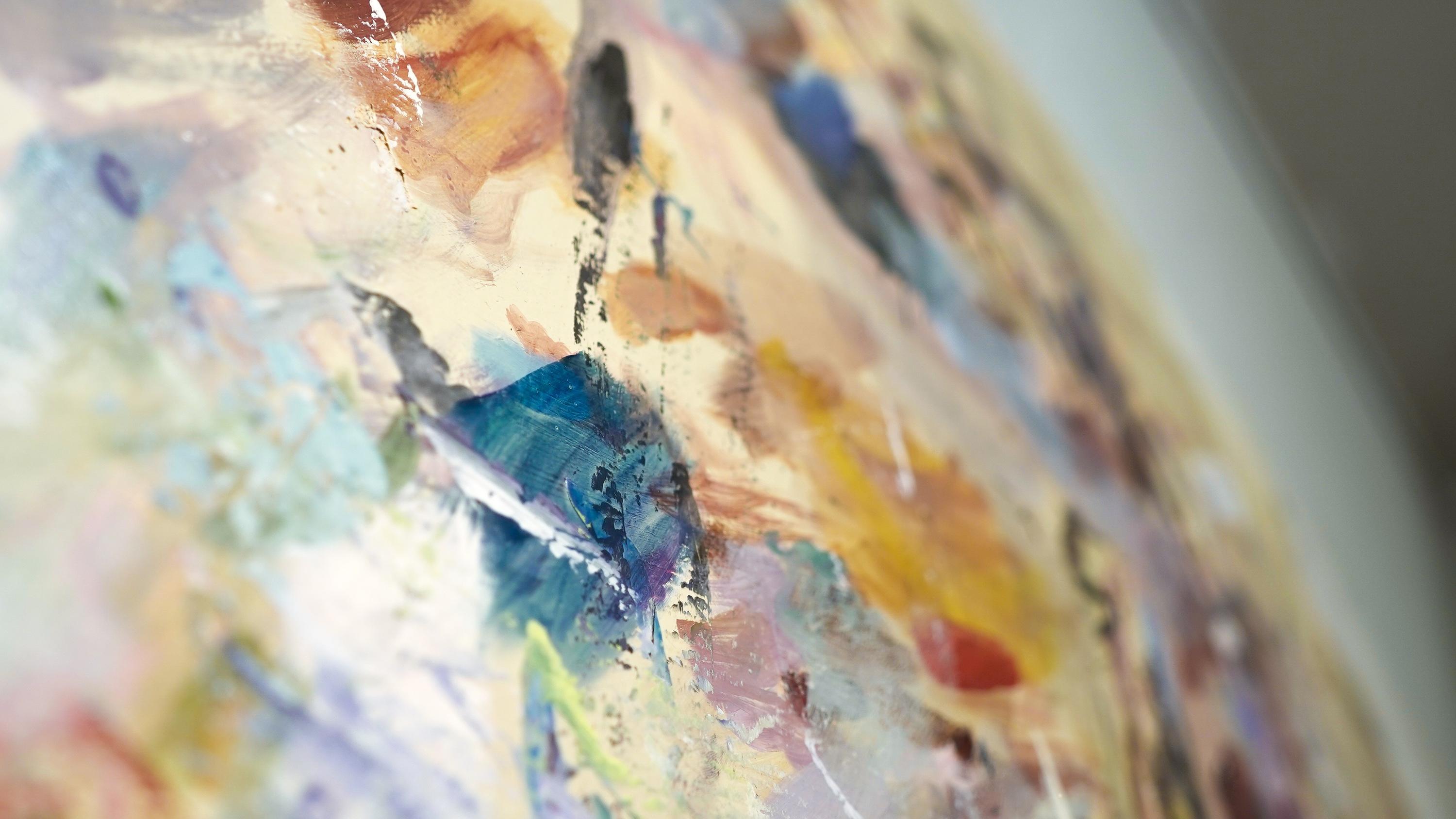
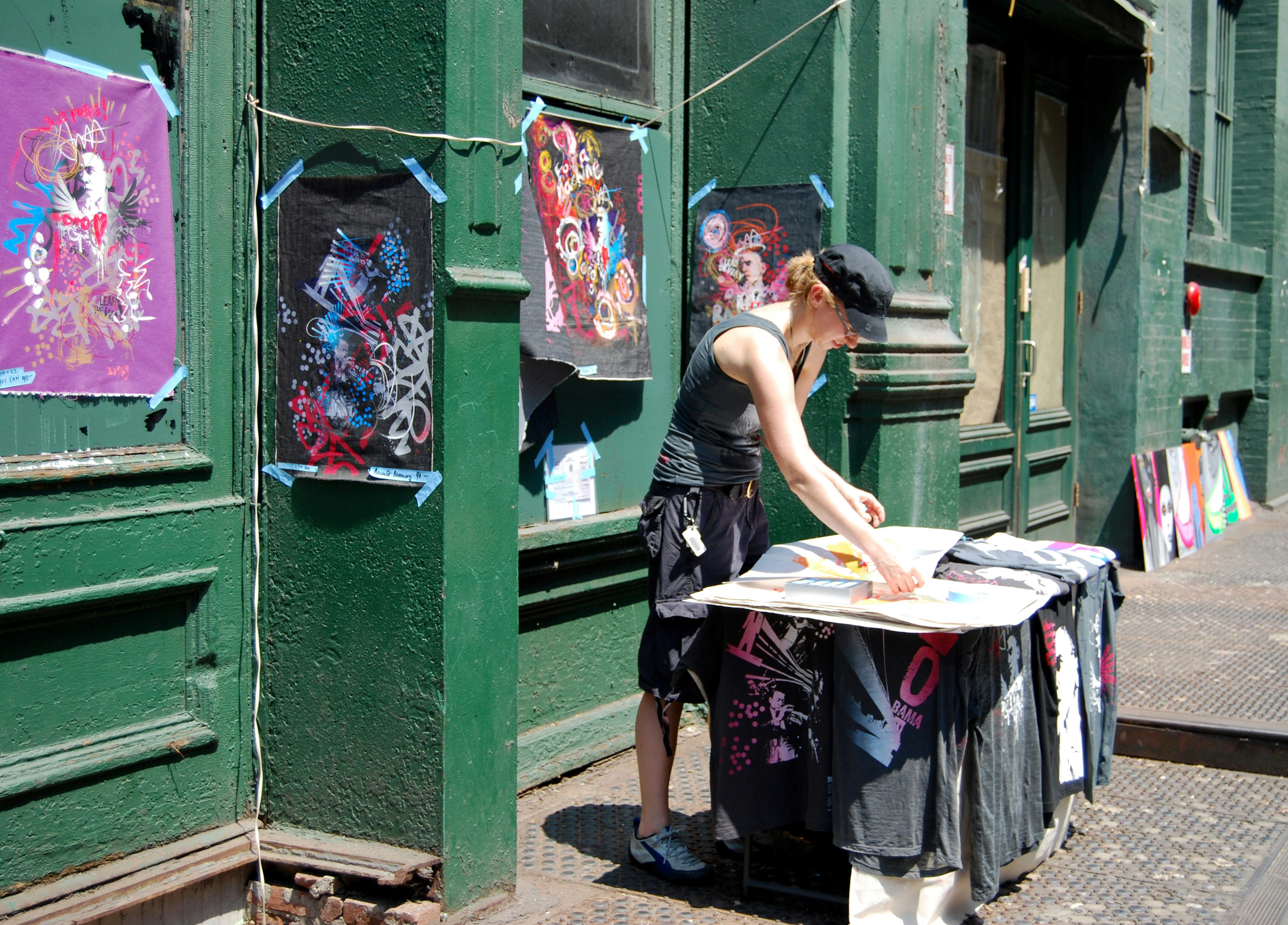

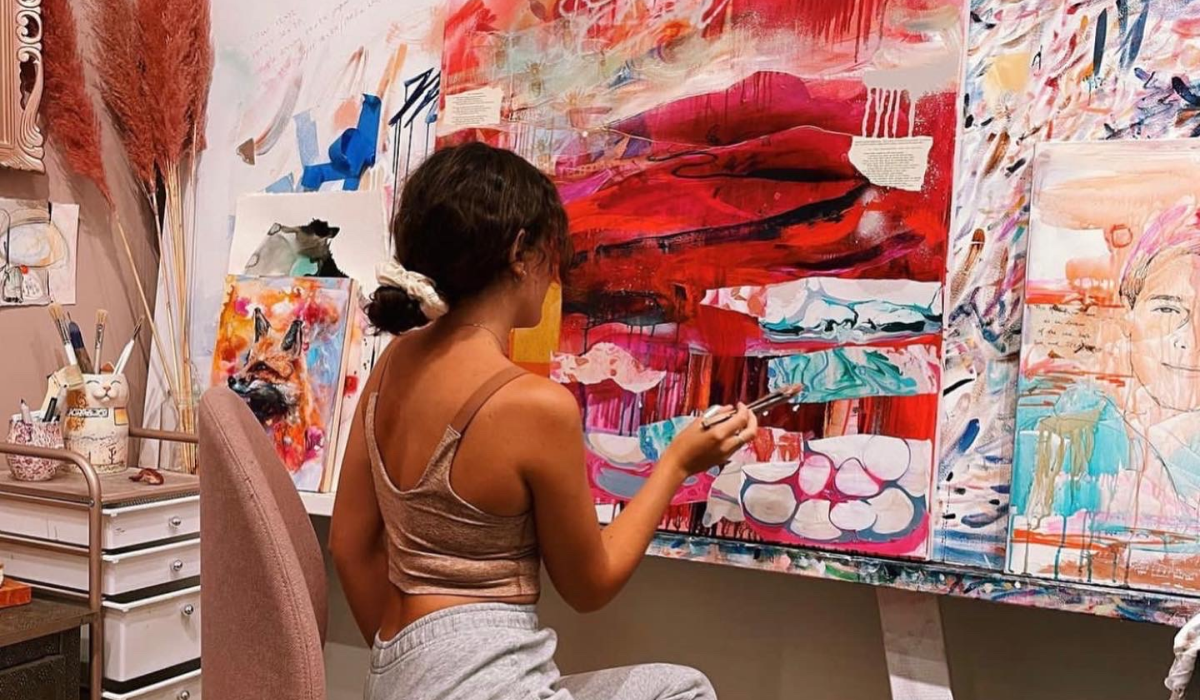

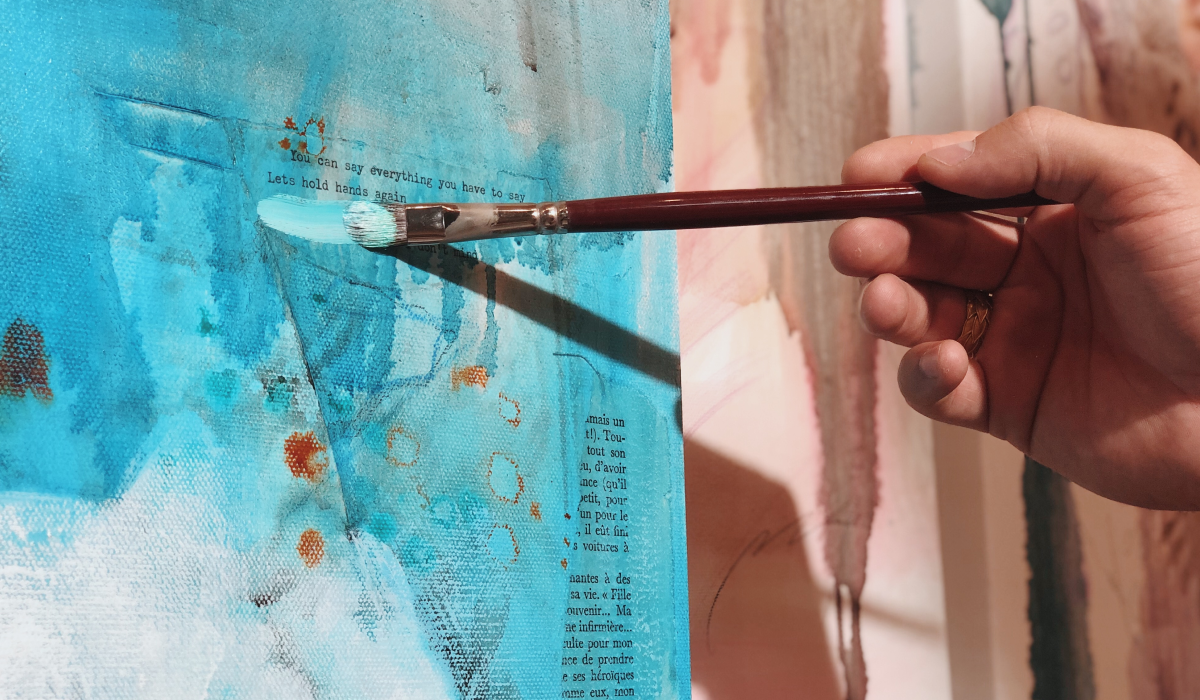

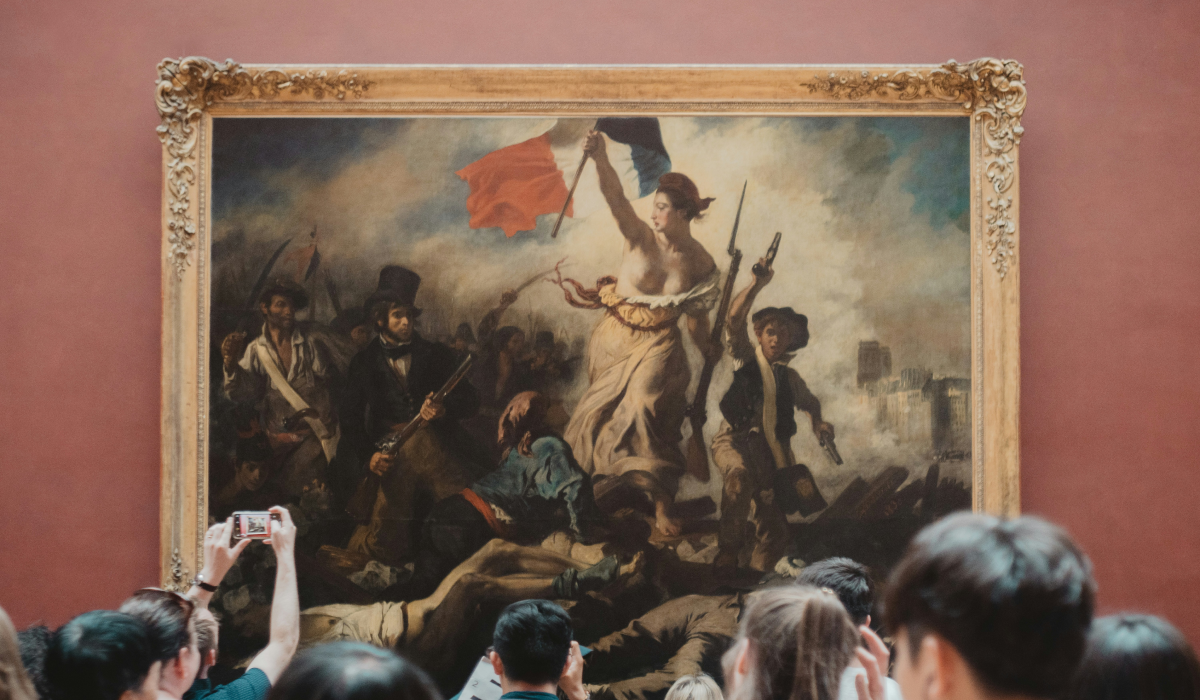
Post a comment